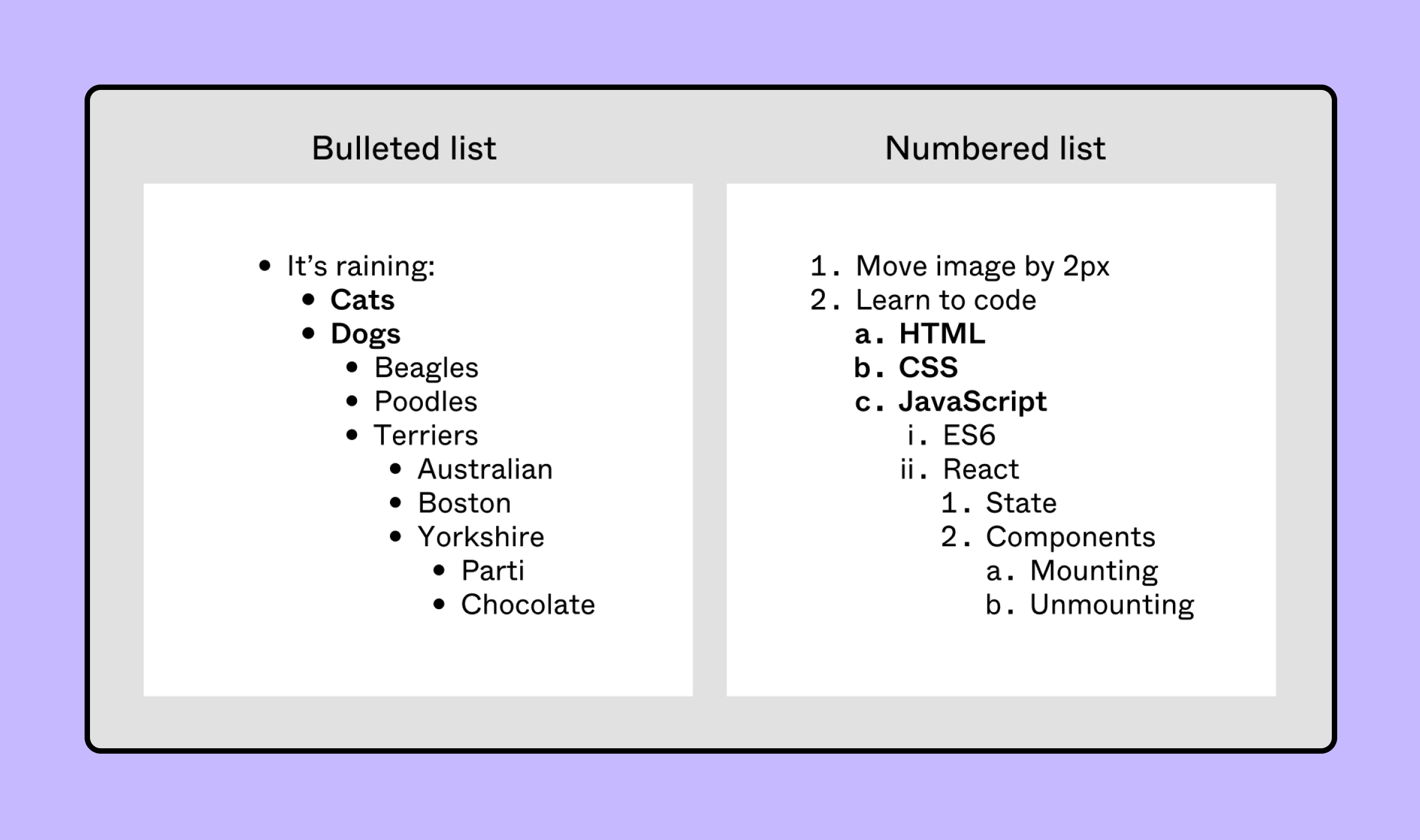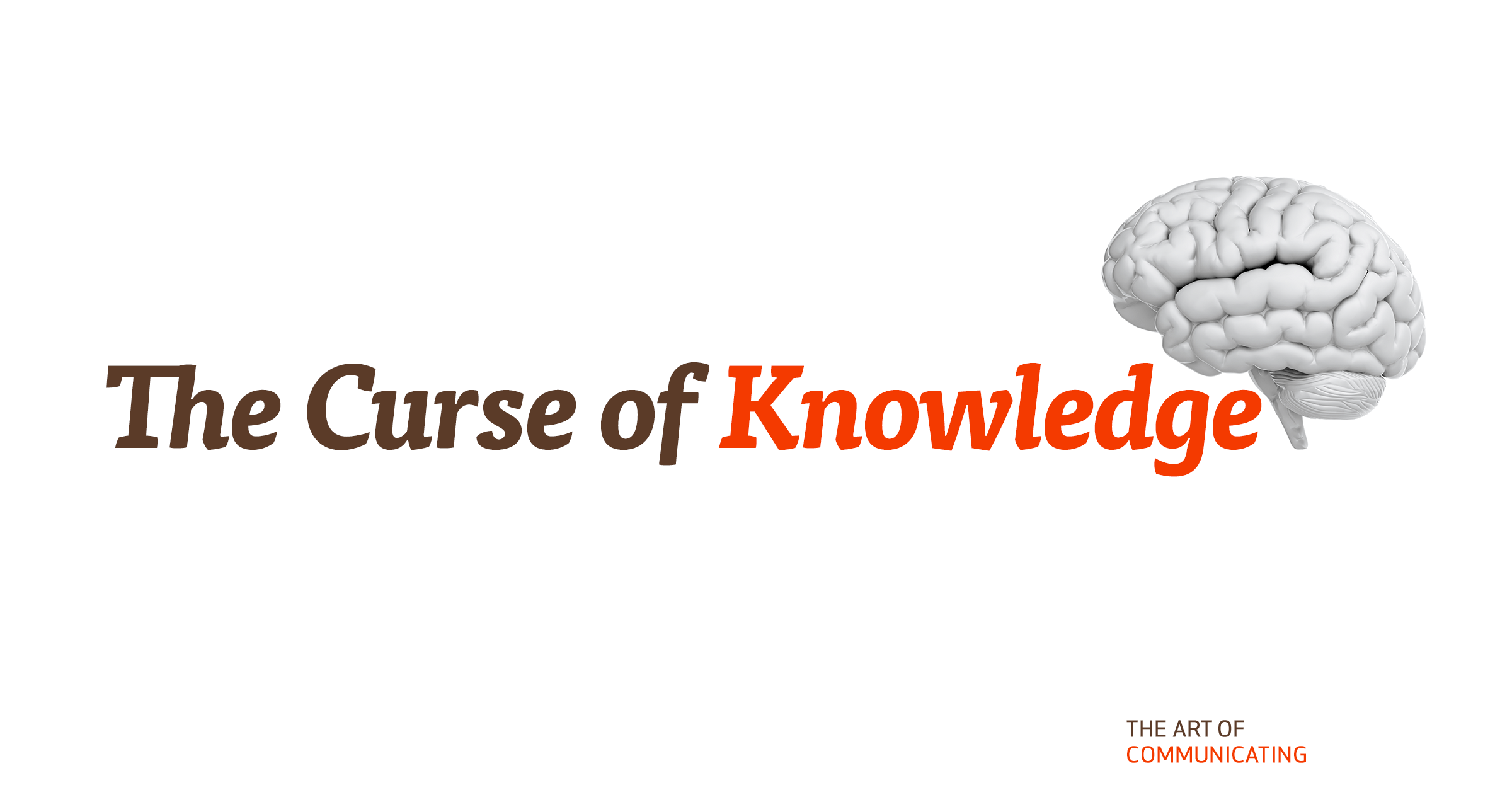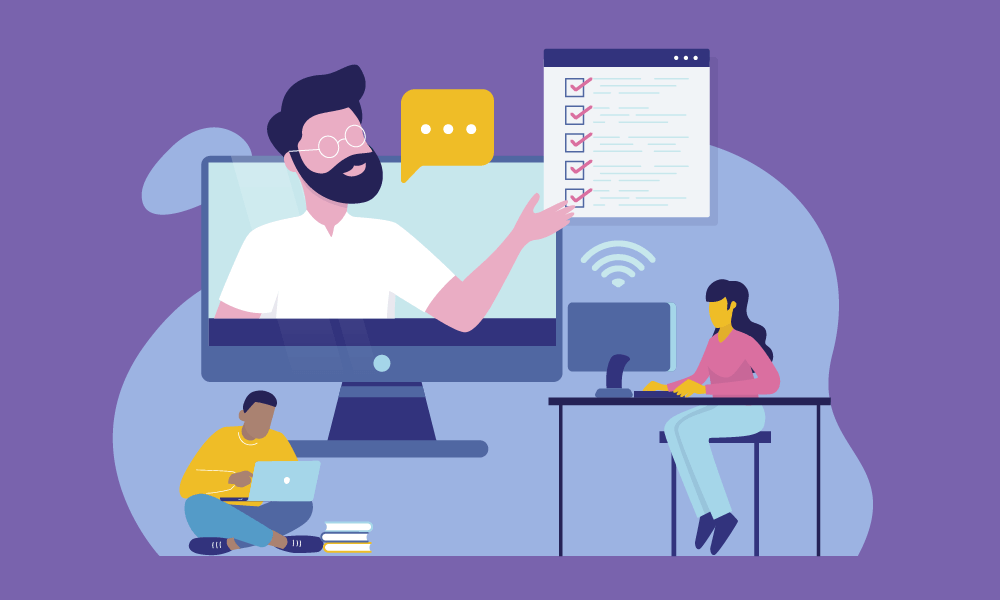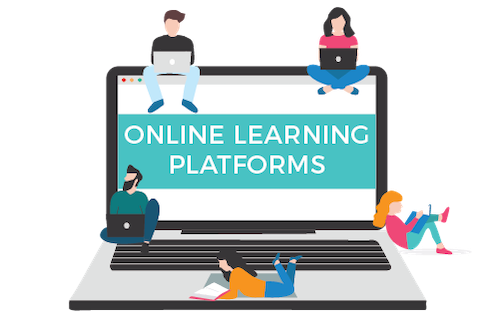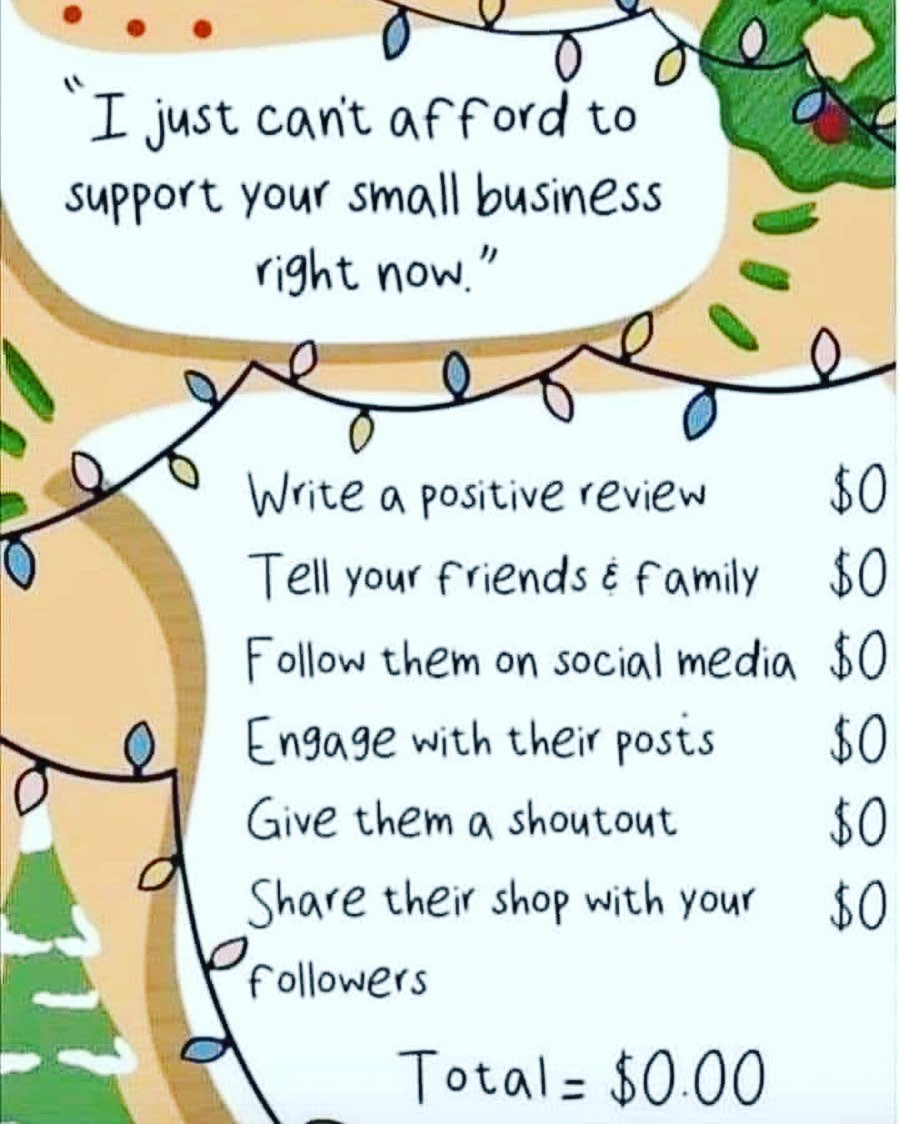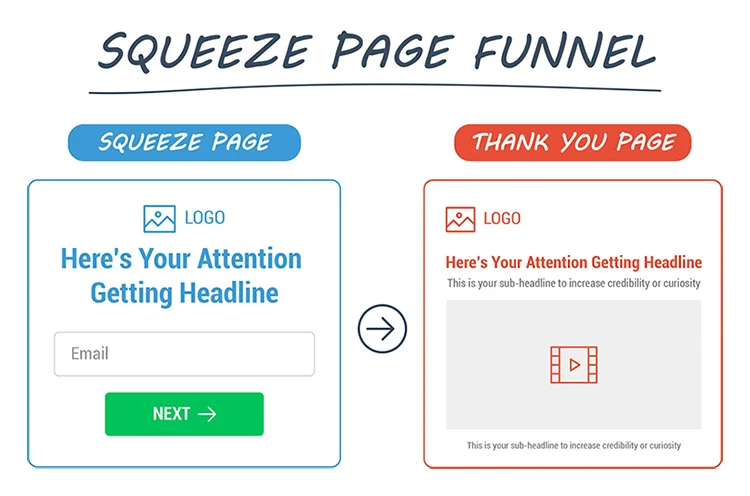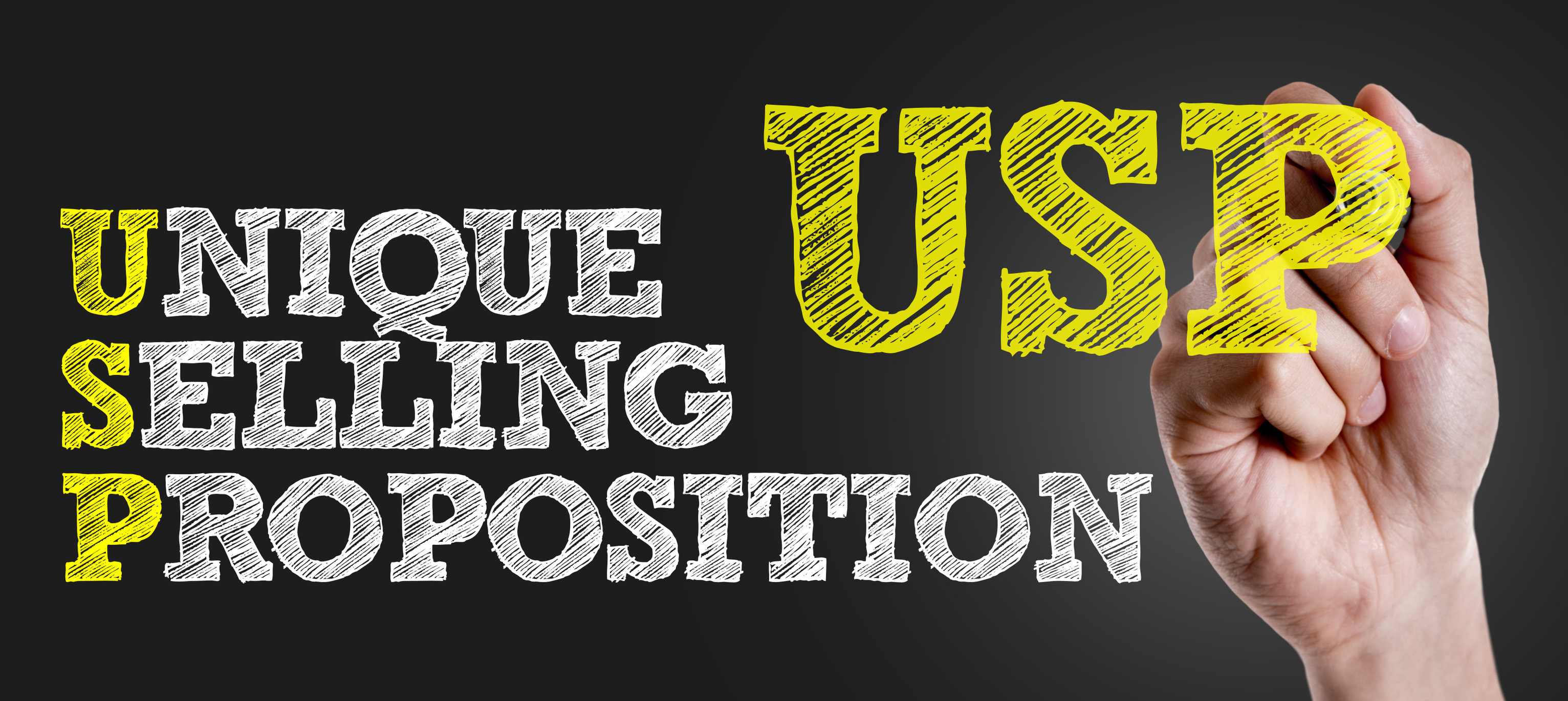Structure – Part 1
Top-down
Putting together a system or process is the best way to handle almost any task, large or small. After realizing that you want to teach a subject to others, the best way to approach building that process is to think about its structure.
If we look at the structure of an American university, receiving an education in a particular discipline is broken down into several strata.
First we have a school, like a school of business, or a school of fine arts. That school teaches one overarching subject matter (business, fine arts, physical sciences, etc.), broken down into degrees. To earn a degree (bachelor of marketing, or masters in painting, associates in physics, etc.), you take courses. Each course is made up of lessons, perhaps grouped into modules. Using an outline format, the structure might look something like this:
- Acme University
- Johnson School of History [school]
- Bachelor of Arts in Early American History [degree]
- History 101 [course]
- Module 1: Ancient History
- Lesson 1: The Last Ice Age
- Lesson 2: The Earliest Humans
- Etc.
- Module 1: Ancient History
- History 102
- Etc.
- History 101 [course]
- Bachelor of Arts in Early American History [degree]
- Johnson School of History [school]
Running a university is a complicated business. Teaching a subject, especially online, doesn’t have to be. Many people who look into teaching online are somehow convinced that they must build a complex top-down structure like a university. This isn’t true! It’s actually much easier and stress-free to work bottom-to-top. Keep this phrase in mind: Simple Is Best.
Bottom-to-top
The best place to begin is with a simple, complete lesson. What one thing do you want to teach interested parties? Think of buying a sandwich at a fast food restaurant. It’s one thing that you can get that satisfies a particular need; consuming it stops you from being hungry. That single menu item is made from a few larger ingredients (say: chicken patty, veggies, sauce, and bun). There’s a process the employees follow that might look something like this:
Greet customer → Take order → Receive payment → Build sandwich → Deliver it
When you think about building a teaching system online, your main job is to put together a single lesson, the way a fast food employee might build a sandwich from a few ingredients. Instead of patties, sauces, veggies, and a bun, your ingredients are content, composed of one or more media (video, text, audio, graphics, etc.) into a lesson.
I highly recommend starting with a single lesson first! Don’t worry about starting your own university – build a lesson out of content first. Then, over time, build more lessons. As you progress and get feedback from testers and actual students, you can string lessons that are logically linked into modules, and modules into entire courses.
Then, and only then, should you begin worrying about offering a series of courses.
Packaged Courses vs Live Workshops
One popular way of presenting lessons is to prepare the lesson media, and then make it available as a self-directed consumable content. That is, the student learns by going through the lessons at their own pace. If it takes an hour to finish the lesson, they move to the next one at the end. If it takes a week, that’s fine too. If the next lesson is available, they can move on immediately, or begin when they feel ready to do so.
Another way is the tried and true IRL (In Real Life) method of presenting the material live on a given day at a given time. This would be like attending a traditional college course, visiting a room where the professor makes individual presentations on a set schedule. Or it could be a live presentation over one or many days (a webinar).
Perhaps the optimum solution for teaching a complex subject is a combination of pre-recorded content and one or more live interactive experiences. Those could be held online, or even in person in a physical location.
Quizzes & Tests
According to the website Edutopia, “(T)he most useful kinds of tests are the least time-consuming: quick, easy practice quizzes on recently taught content.” Quizzes and tests establish and reinforce retrieval practice, or simply – retrieving information from memory. Not only do quizzes help a student assess their own level of learning, they reinforce being able to access the information and techniques presented to them by their educator.
I think of a quiz as a short series of interrogative questions about information just presented (or most recently presented) to a student. If the student is graded on their answers, the grade carries little weight towards their final score. A test, on the other hand, is a longer and more involved series of questions regarding a large set of information, which has probably been presented over a longer time frame. If graded, test scores carry more weight in determining the student’s final course grade. We’re probably all familiar with the concept of mid-term and final tests from our time in school.
In addition to the opportunity for self-assessment for the student, quizzes especially offer the educator the ability to gauge how well they presented information to students, and tell them what material may need to be reviewed in an alternate format. Quizzes can also open a dialog between students and educator about particular sections of the content.
There are considerations when designing a quiz or test, especially when it’s part of a self-paced educational program with limited interaction from the educator. Edutopia also finds that “. . . well-constructed multiple choice tests, with clear questions and plausible answers (and no all- or none-of-the-above choices), can be a useful way to assess students’ understanding of material, particularly if the answers are quickly reviewed by the teacher.”
Many students and educators have a bias against quizzes and tests. Many students feel anxiety when presented with a testing situation. Some educators don’t believe that quizzes offer enough value beyond the stress they cause students, and the time they can take away from the presentation of information.
Personally, I firmly believe in offering students the opportunity for self-assessment after nearly every lesson. If the educator can then review the results and speak with the student, so much the better.
Although testing has traditionally been used as a way to come up with a “final grade” for a student, it’s most important feature is in training students to retain and recall the information presented in a course or program.
Read part 1 here. Read part 2 here. Read part 4 here. Read part 5 here.





